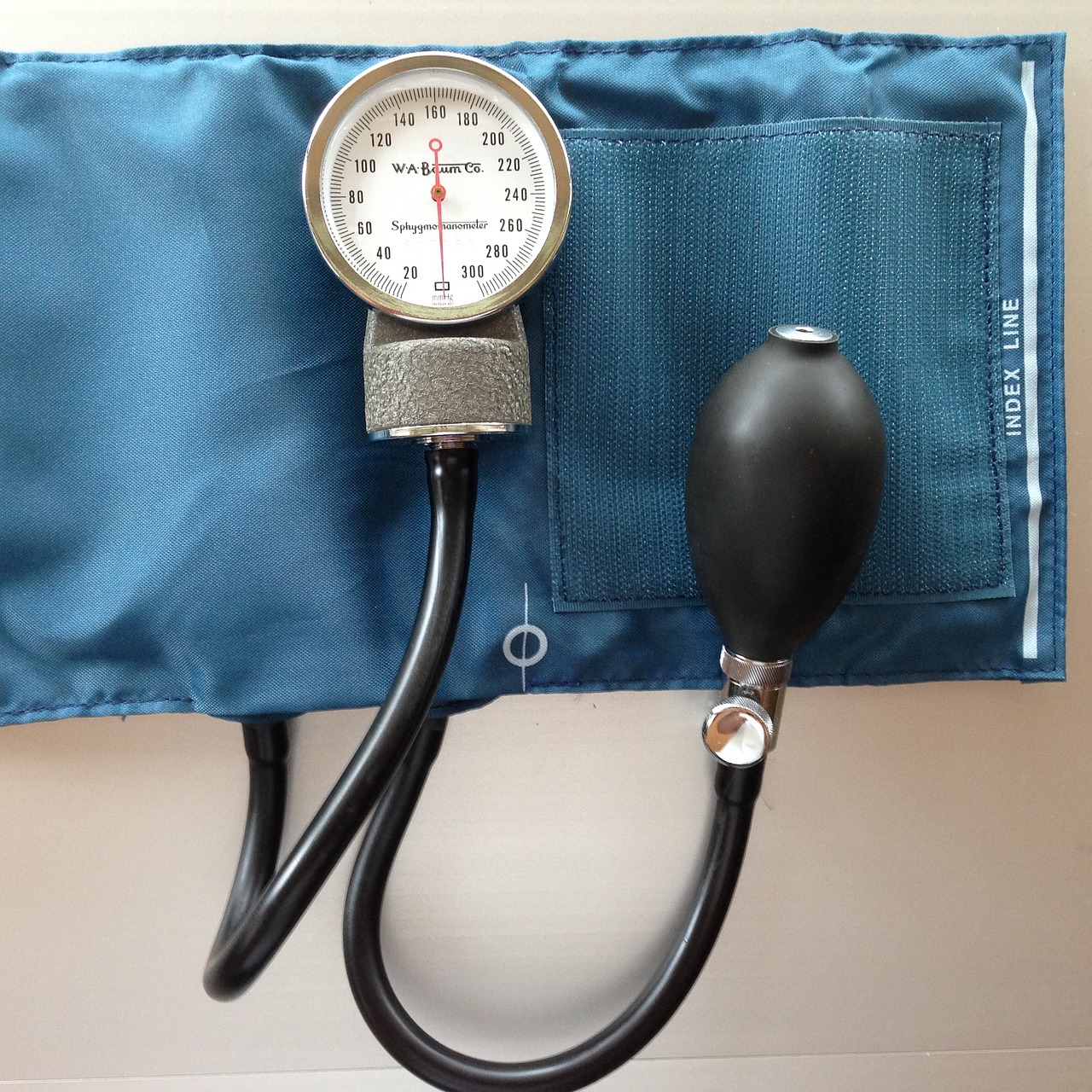Measuring a person’s blood pressure has been an important component of a doctor’s visit for decades. Used to track the progression of diseases by viewing the patient’s systolic and diastolic blood pressures, this standard routine is often a vital indicator of a patient’s health. The systolic and diastolic numbers obtained from blood pressure checks represent the pressure against the artery walls when the heart contracts and relaxes, vital indicators of whether the heart is functioning properly. They also allow medical professionals to determine whether patients may have elevated heart risks or need a change in diet. These number readings were once believed to be in the same general range despite medical workers measuring the pressures at different body parts such as an arm versus a leg. However, a February study published in Nature’s Scientific Reports has discovered this difference could be bigger than previously thought.
Image Source: aldomurillo
In the study, 80 patients from the neuroscience intensive care unit (NSICU) at the University of Texas Southwestern Medical Center had their blood pressure monitored at distinct areas of the body. Blood pressure measured at the upper arm versus the wrist had average systolic and diastolic differences of 13 and five, respectively. Measurements between left and right arms had a systolic difference of eight with a diastolic difference of six. In extreme cases, some readings varied by 40 points.
“If we take pressure in one arm, a patient seems fine, but in the other arm, they’re in a crisis,” DaiWai M. Olson, professor of Neurology and Neurotherapeutics and Neurological Surgery, explained in a press release from UT Southwestern. “The values we collected were really all over the place. There was no consistency between the same arm or wrist between different patients.”
He further stated that a difference of five points may change a medical professional’s decision to intervene or withhold patient treatment.
This new finding could potentially change how health workers determine blood pressure in patients. However, with a small sample size of only 80 patients, more data must be obtained to determine the study’s accuracy and whether various anatomical sites change blood pressure significantly. From there, researchers may ascertain the physiological processes that result in this difference. The researchers of the study concluded that “location does matter when measuring BP; however, this study cannot conclusively recommend which site to use above others.” Explanations for these differences also have not been concluded upon.










